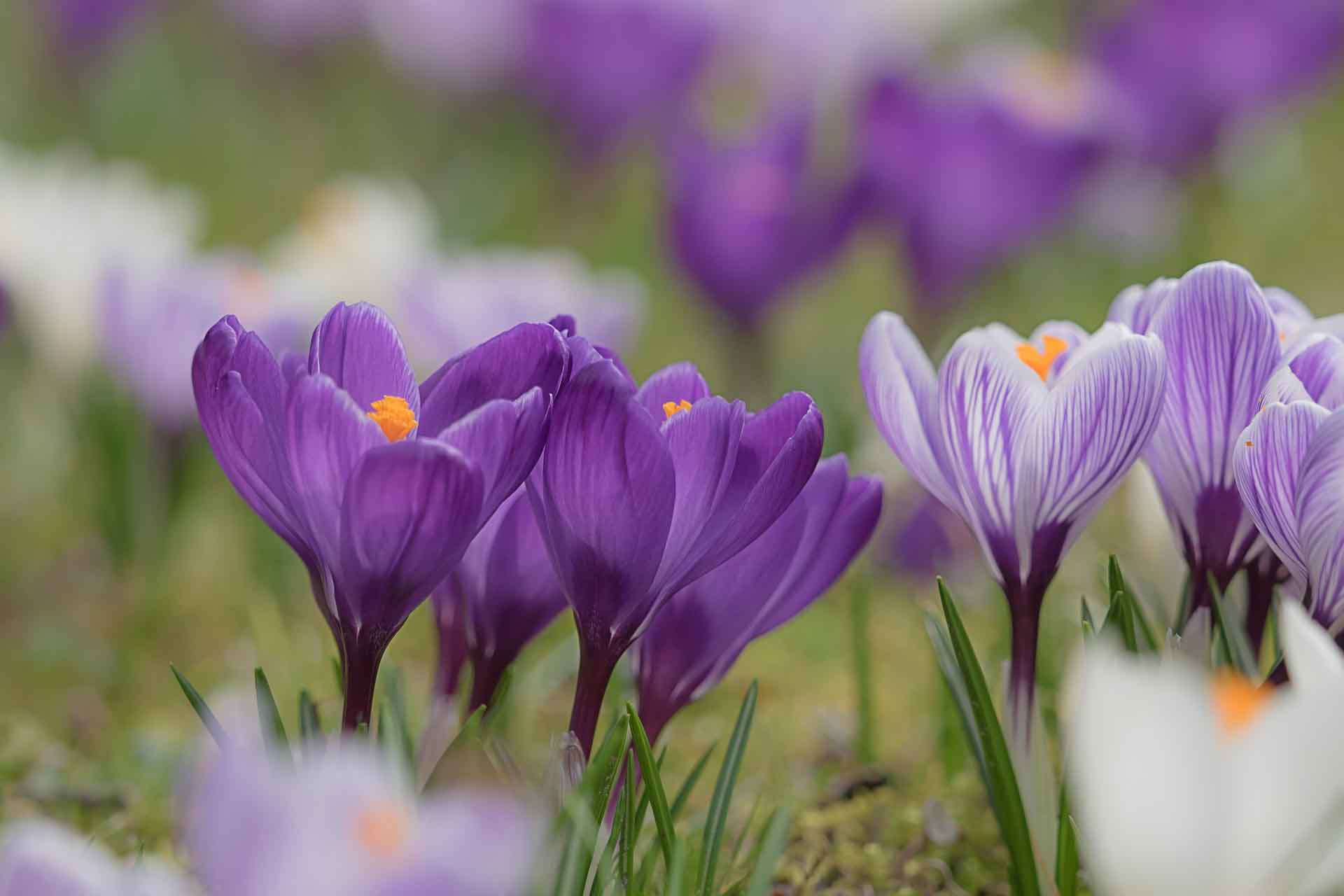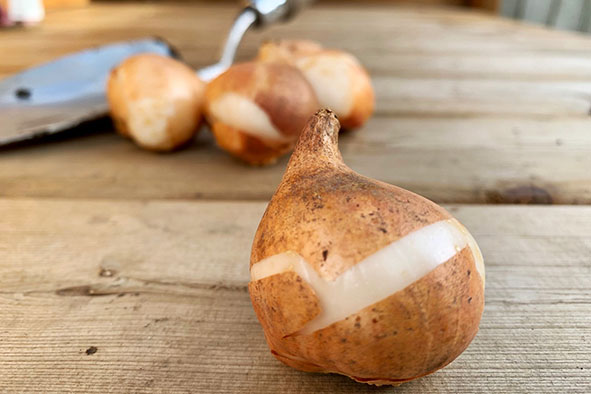Grow bulbs for bees
As the nights draw in, the leaves change colour and the temperature drops, bees are probably not on your mind. But Autumn is actually a great time of year to think ahead and plant some bulbs to help out bees and other pollinators as they emerge in early spring. Species like Crocus, Bluebell, Snake’s head fritillary, Winter aconite, Grape hyacinth and Snowdrop are all great for pollinators. Here’s our quick guide to planting bulbs...
Plant bulbs between September and November. As wildlife settles down for winter, bulbs will slowly start to send out roots as early as November, and push shoots above ground in early spring.

1. Plant your bulbs as soon as possible after purchase.
In the meantime you can store them in an open paper bag in a cool dry place to prevent them from rotting.
2. Dig your hole
In a lawn or bed, dig a hole just wider than the bulb and about three times as deep. You can buy special bulb-planting tools for this, or simply use a hand trowel.
3. Make sure you plant the bulb the right way up!
The shoot should point upwards.

4. Loosely fill the hole with soil,
Don’t squash it down. Bulbs do not need watering!
5. Plant in clusters
Pollinators like to feed on drifts of the same type of plant so consider planting clusters of the same species.
6. No garden? No problem
Most bulbs can be planted in pots or containers. Try ‘lasagne planting’ for wave after wave of blooms. Plant the largest and latest flowering bulbs deepest in your container and the smallest and earliest in the top layer.
PDF Guide to growing bulbs for bees
Did you know?
- Crocus flowers close at night, so queen bumblebees may sleep in them like a tent overnight. If you are really lucky you might spot a bee emerging from an opening crocus in the morning.
- Some queen bumblebees can be seen as early as February. At this time of year there isn’t much for them to eat so spring flowers are really important.






